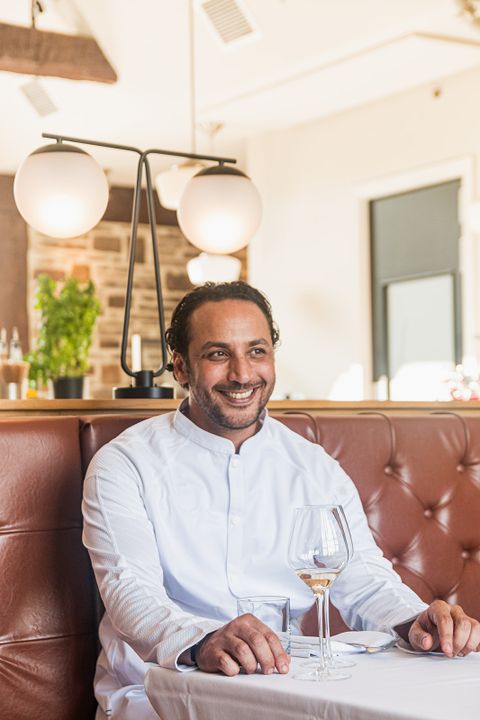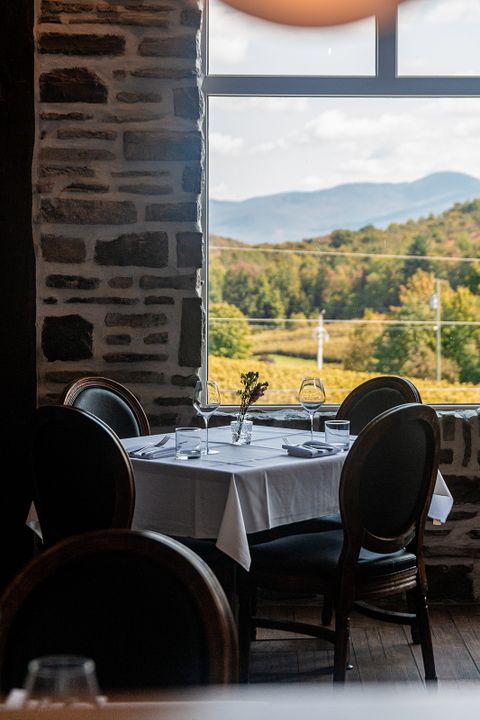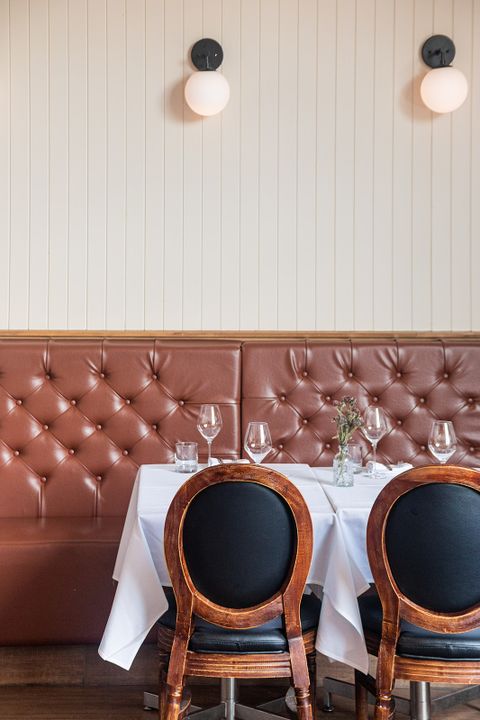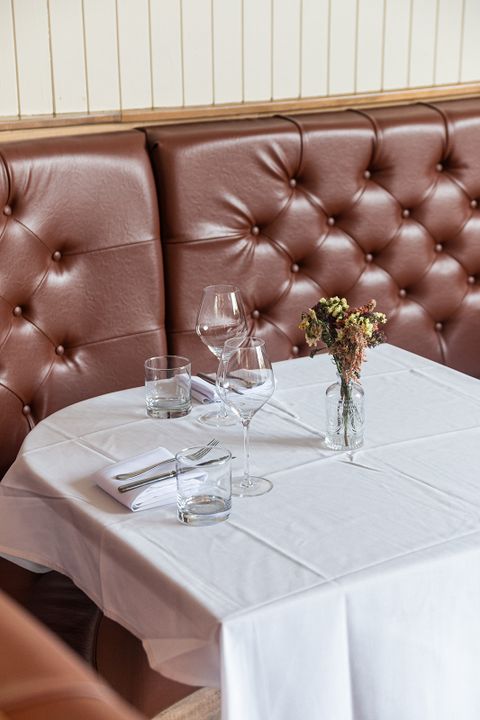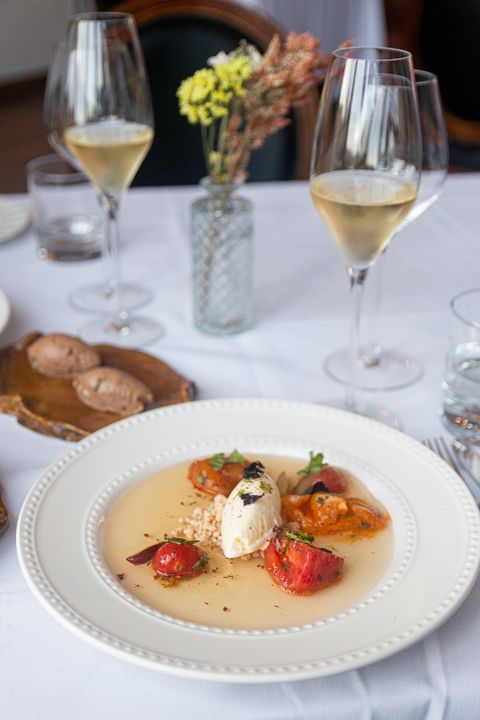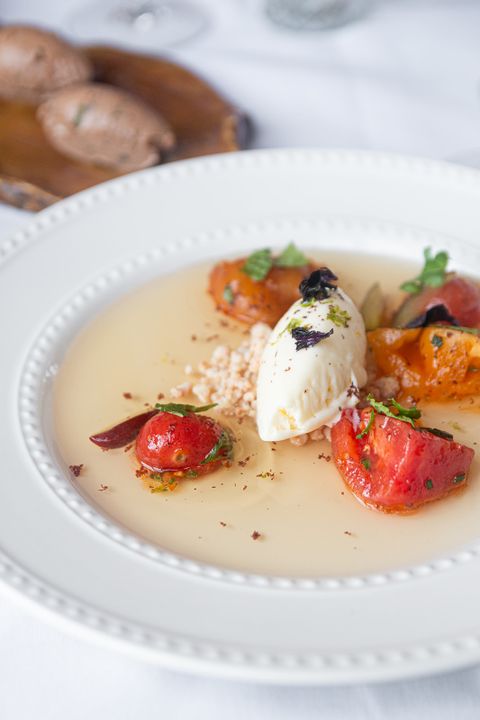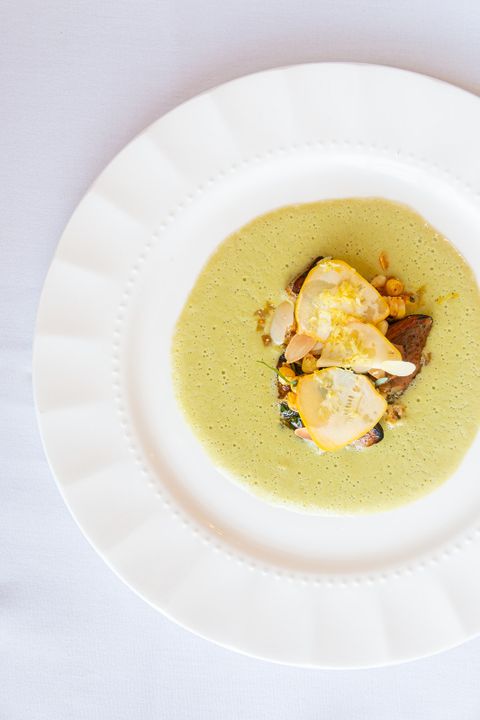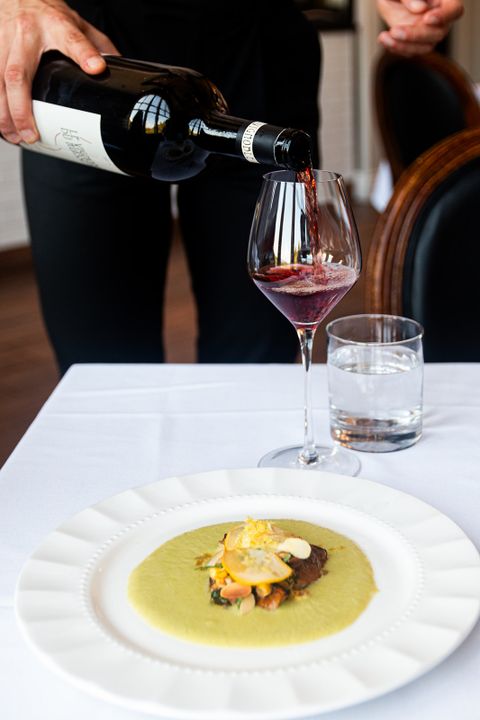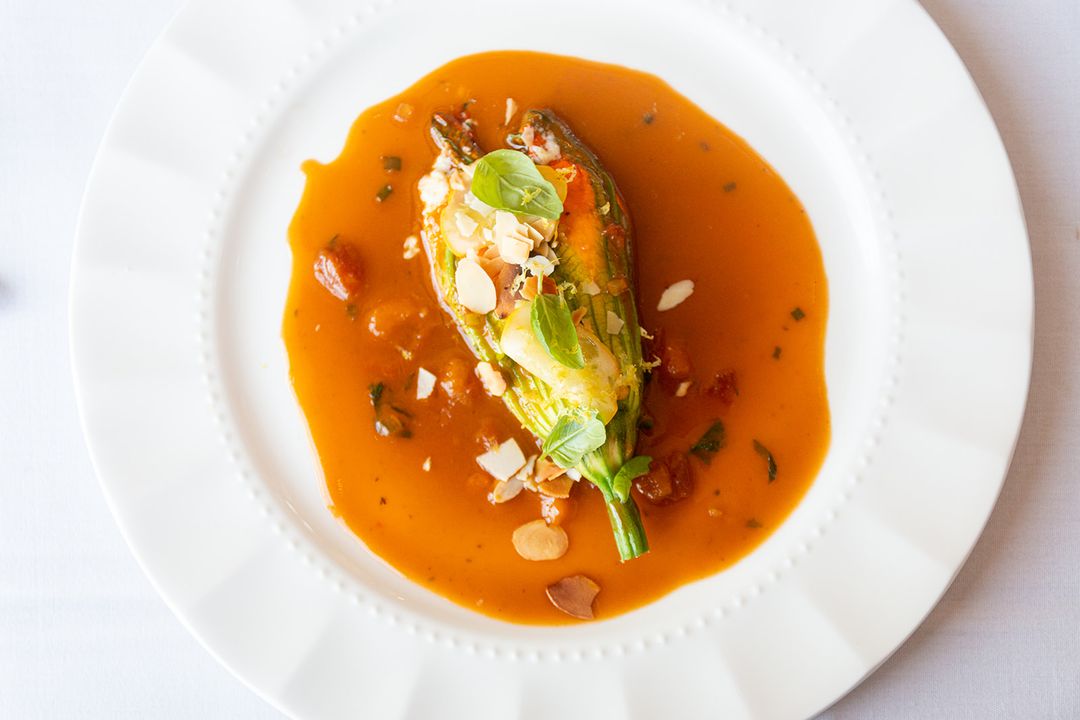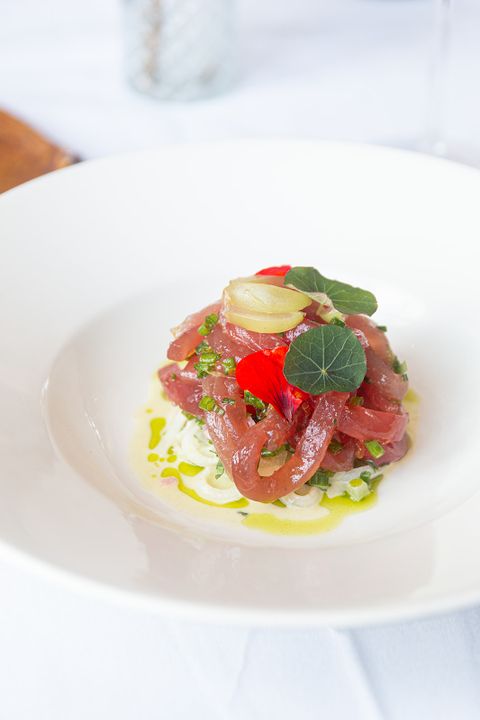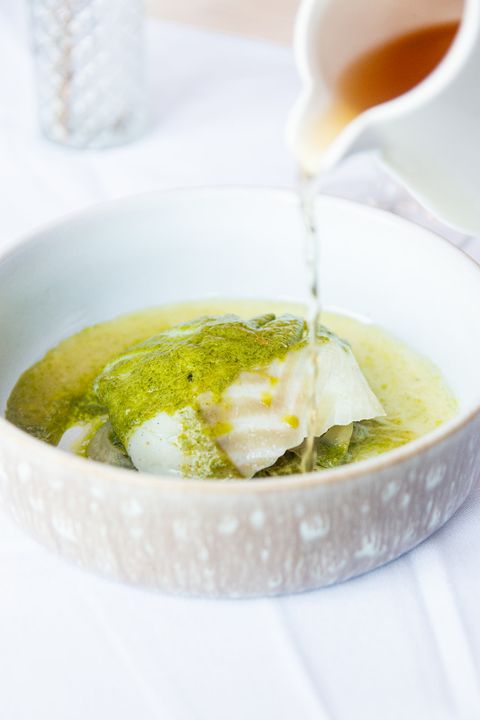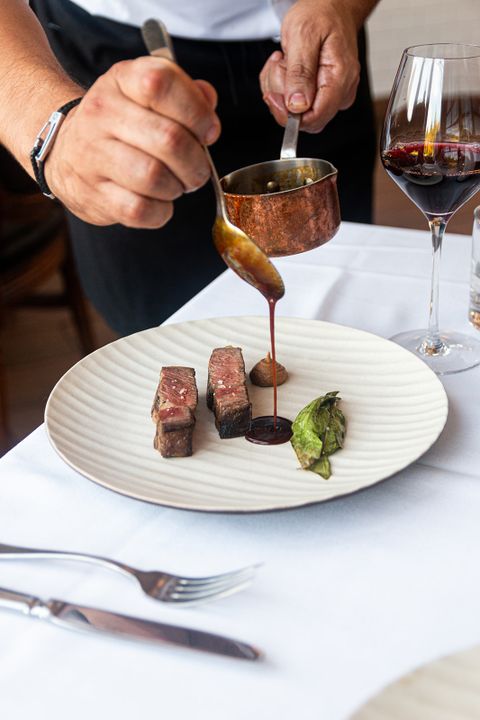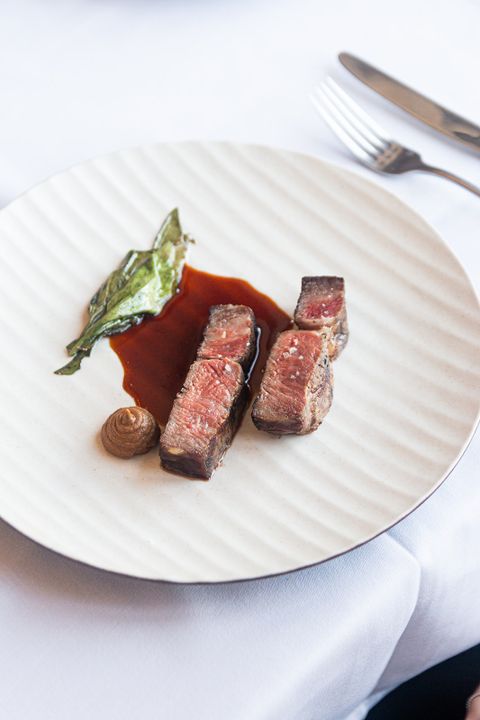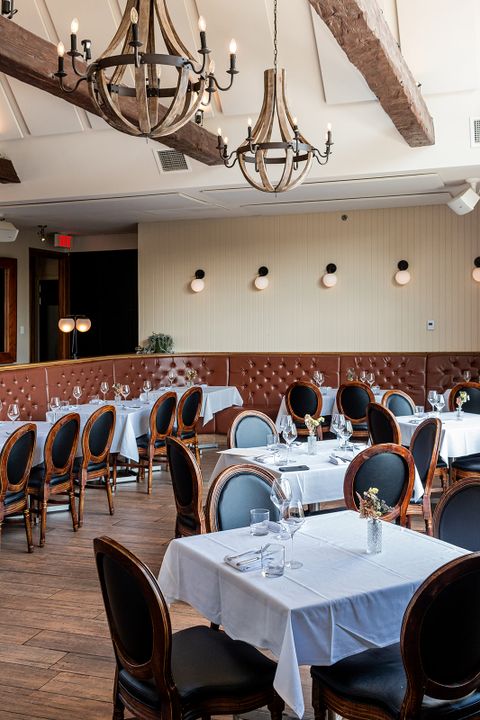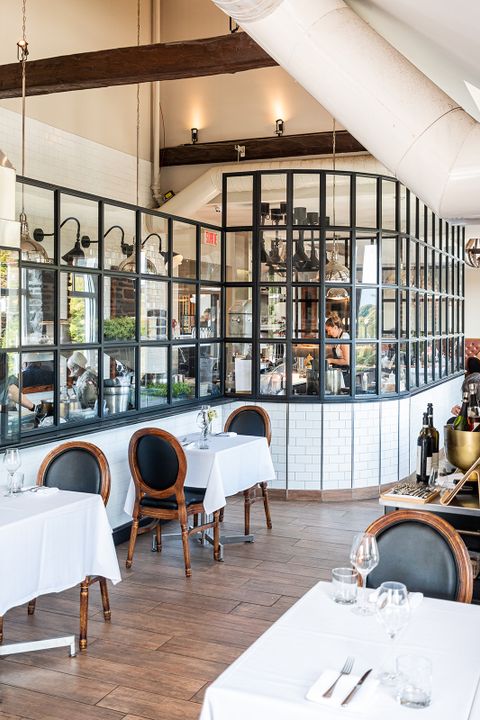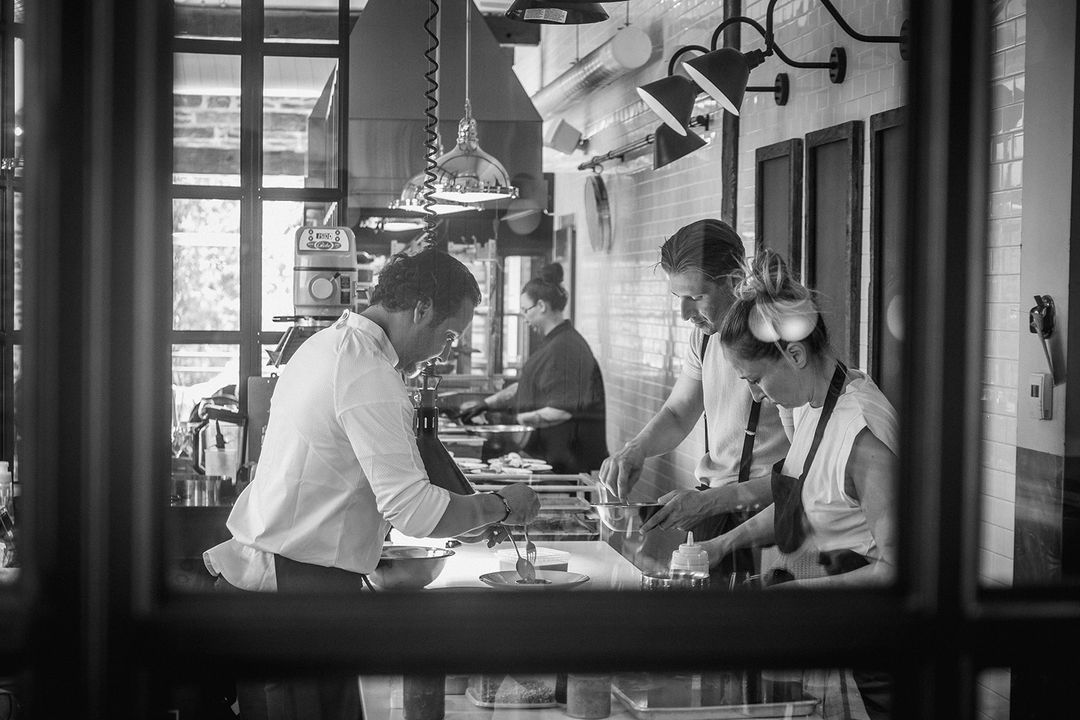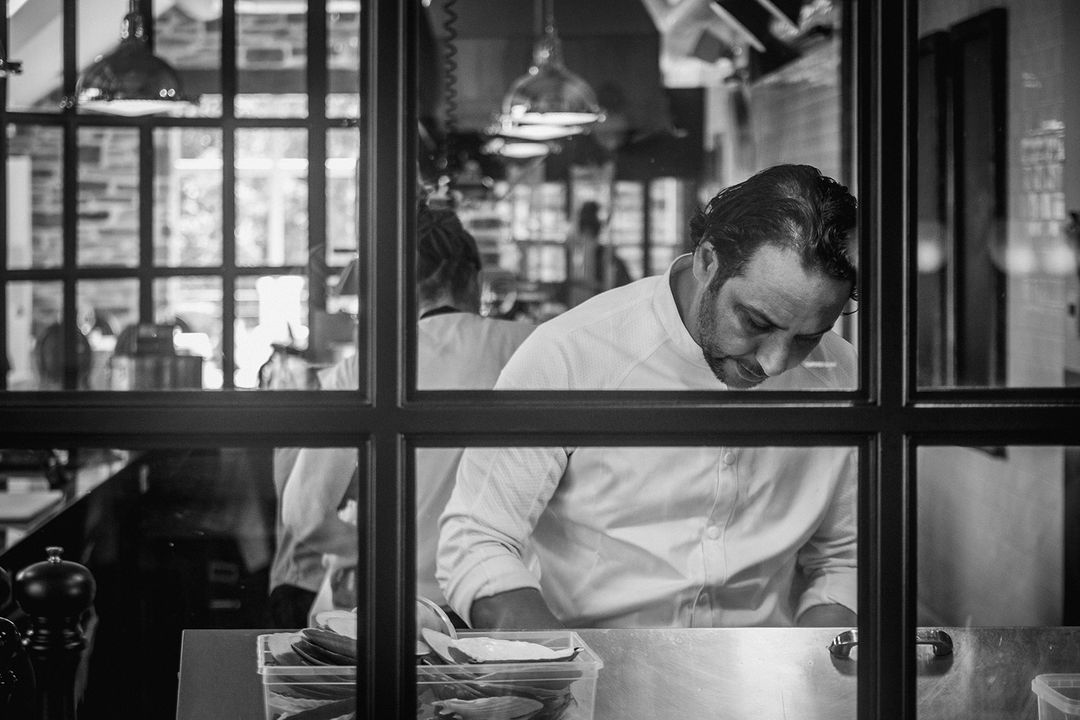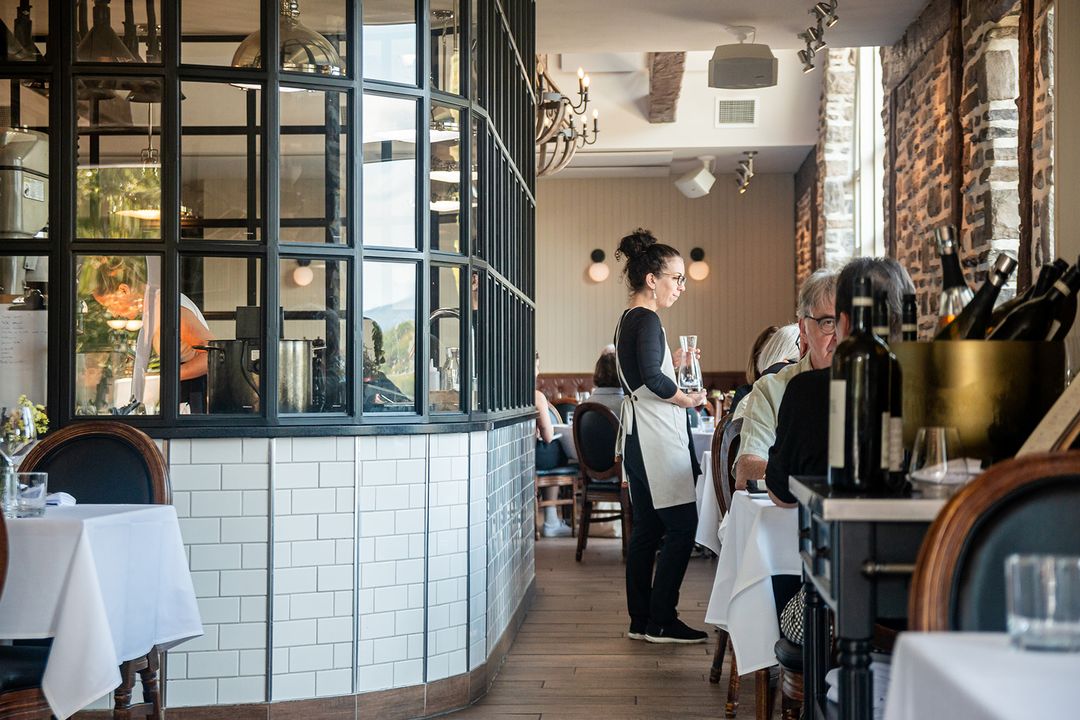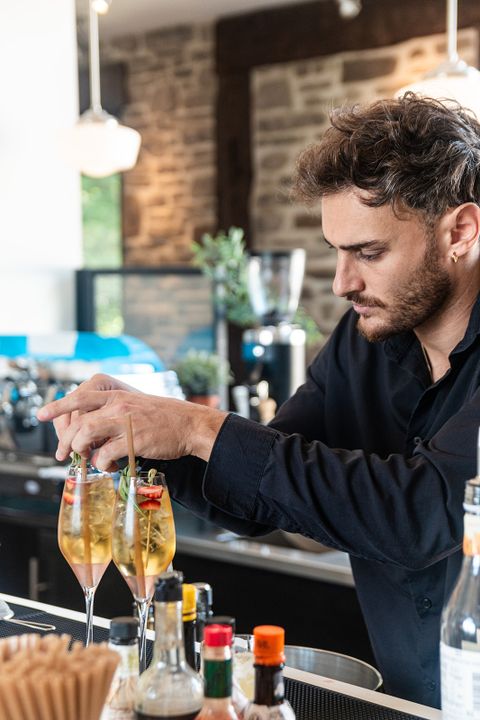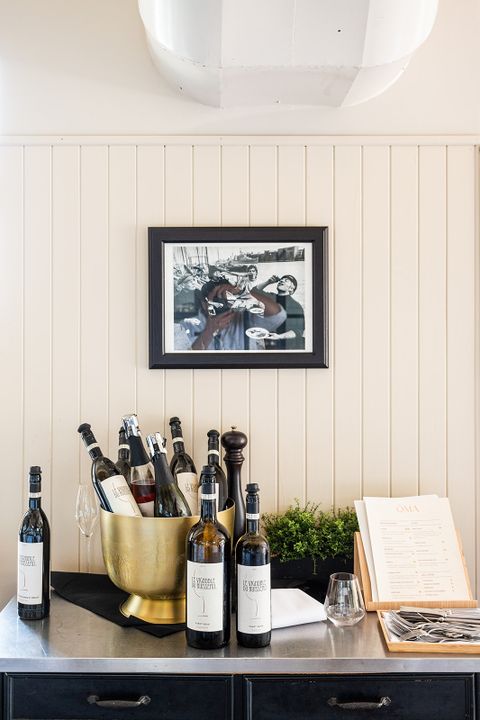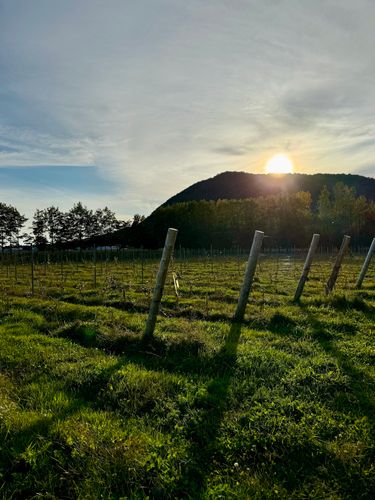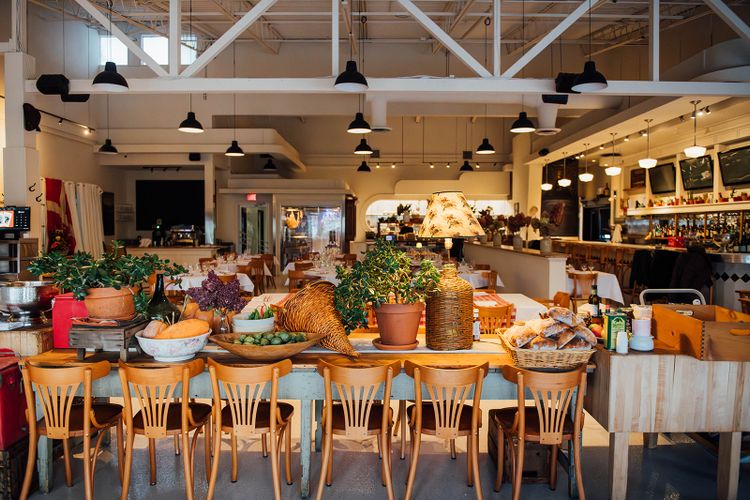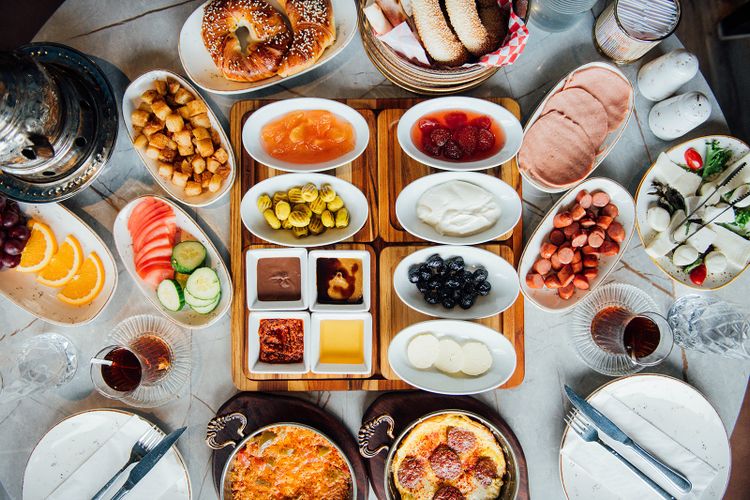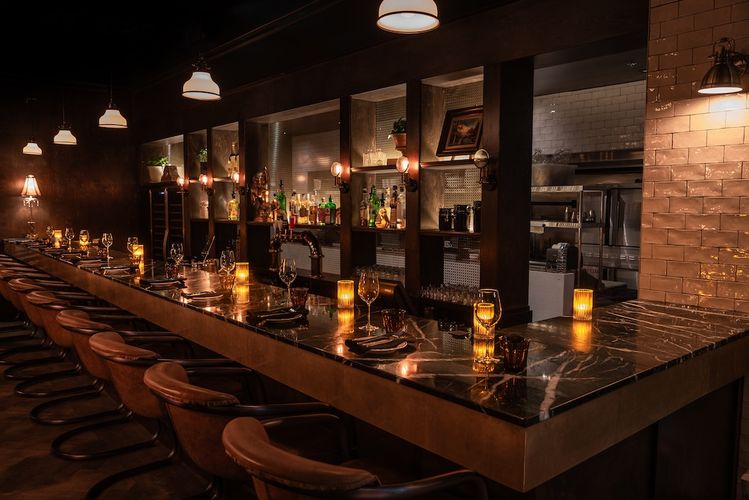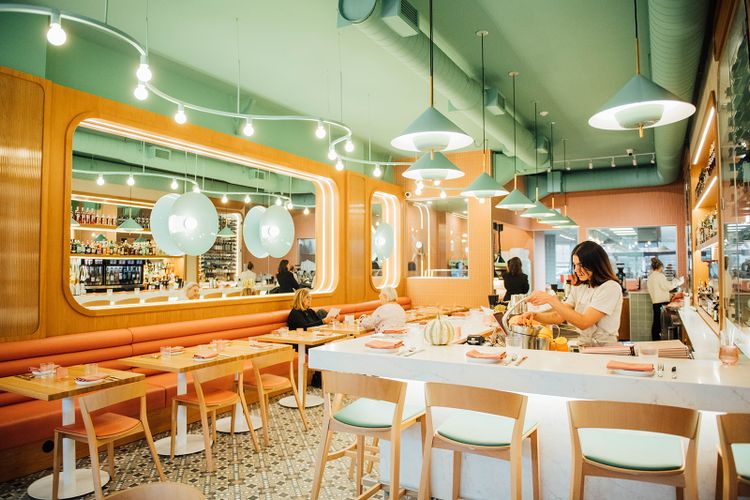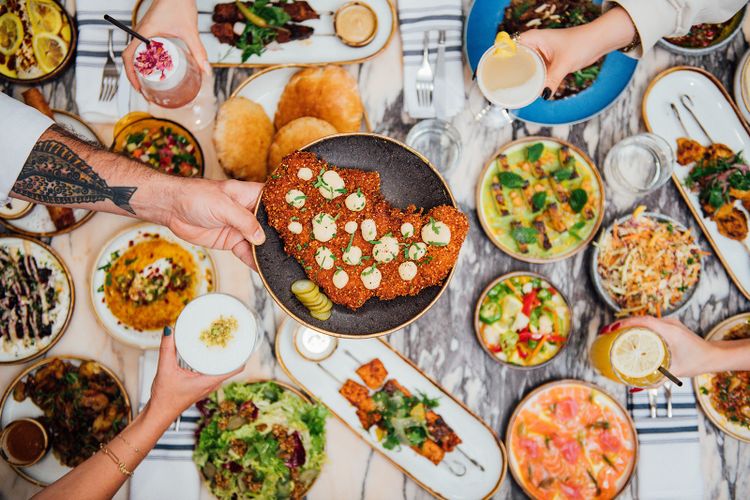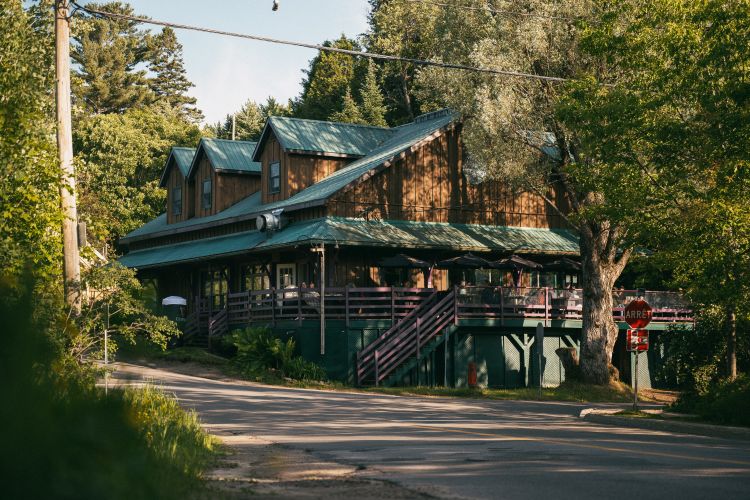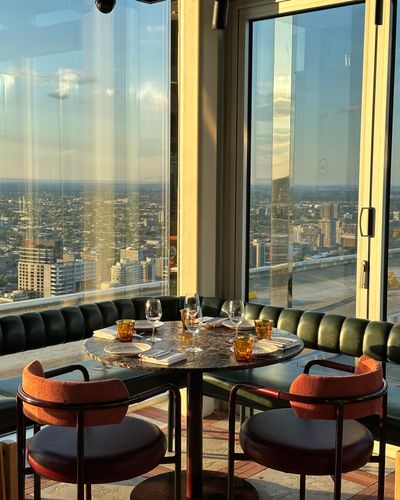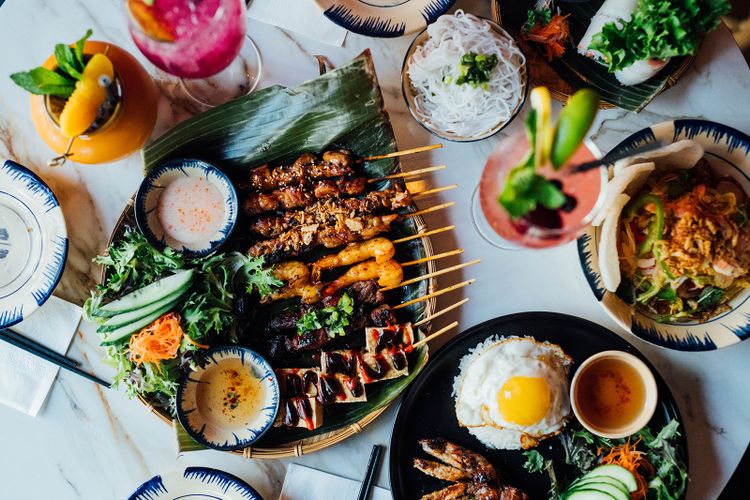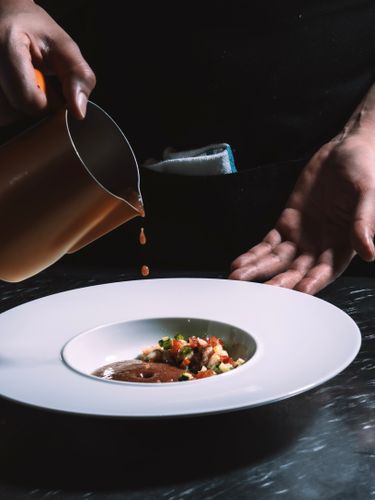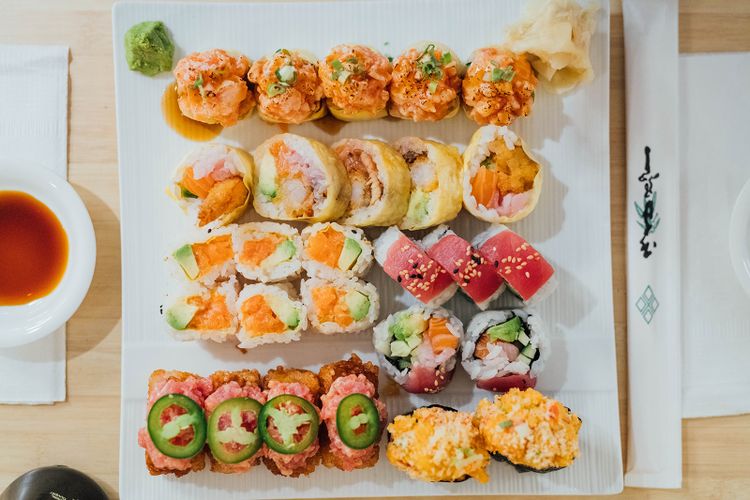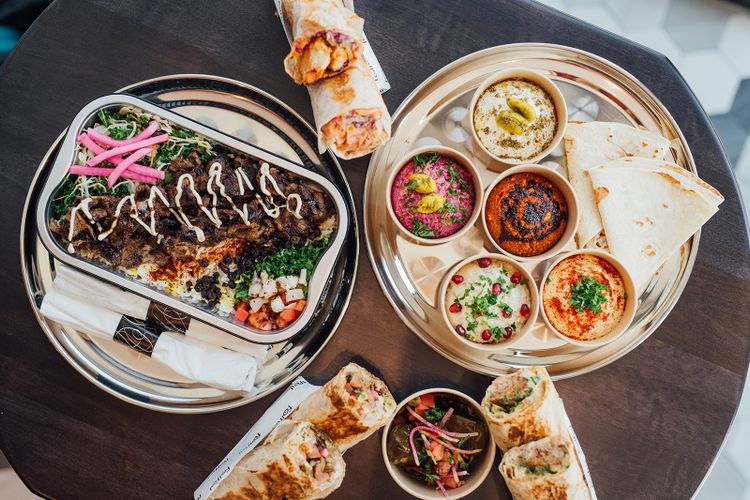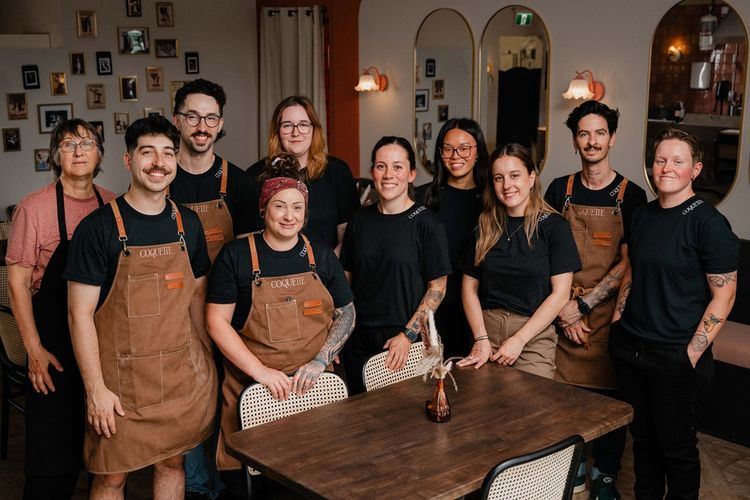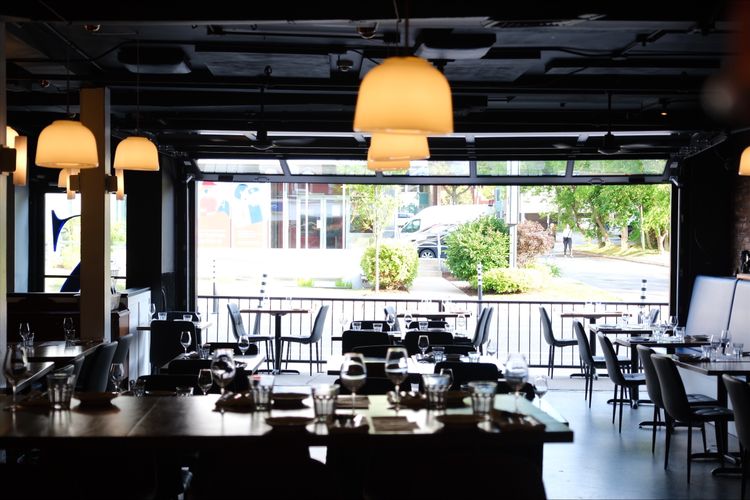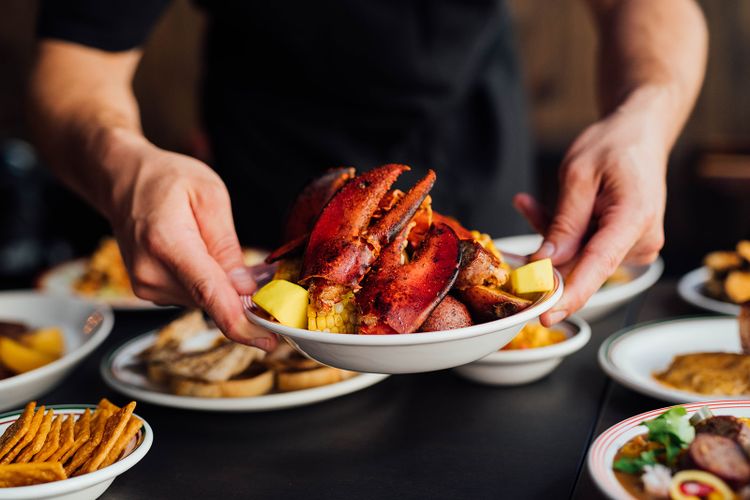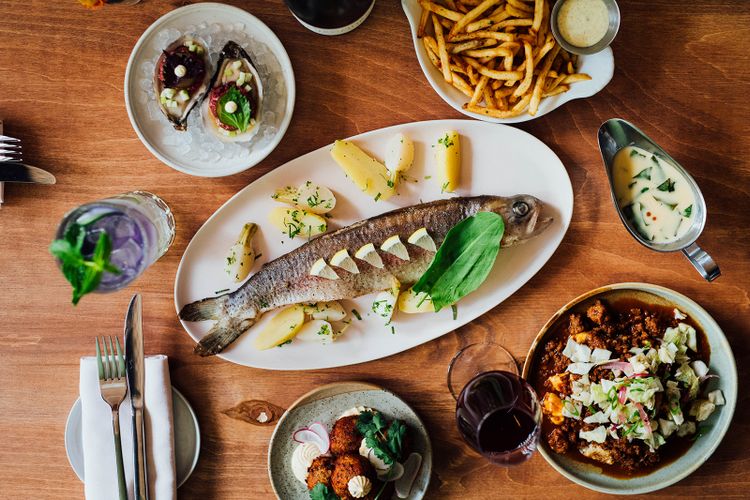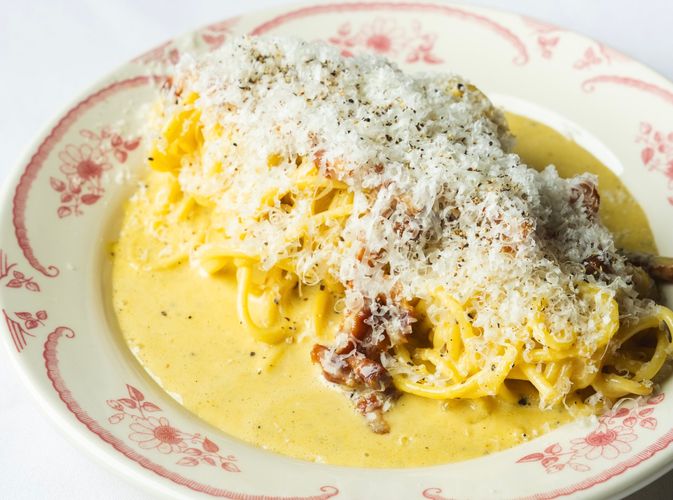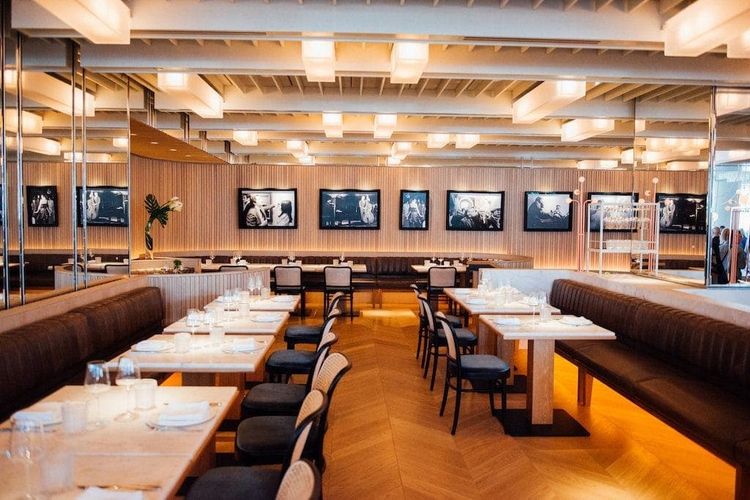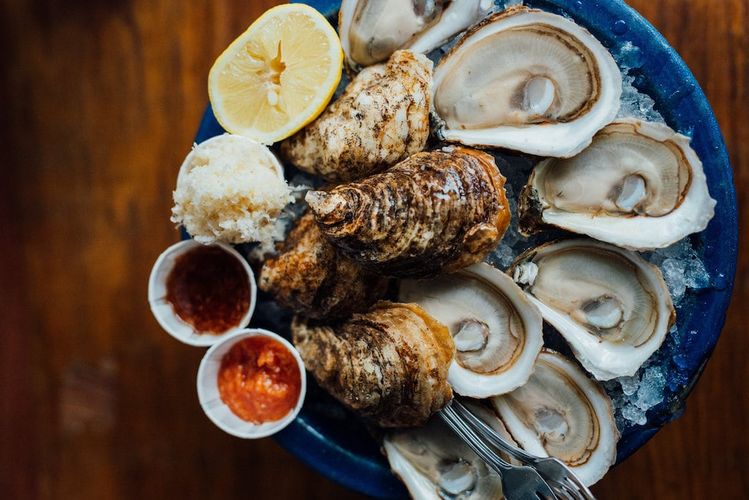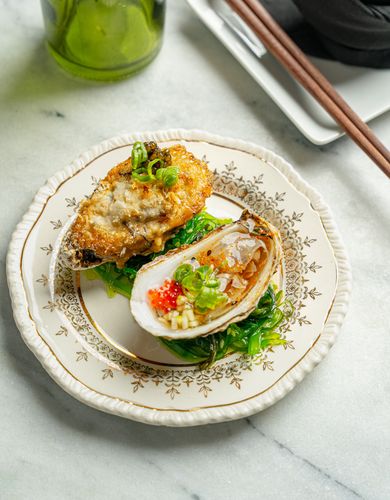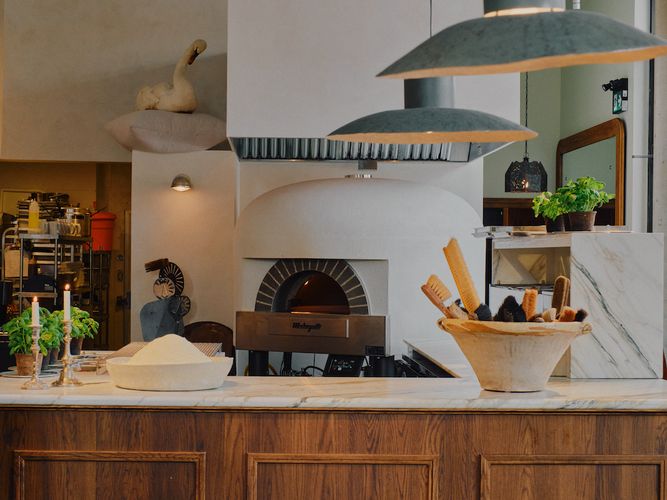Ôma: the return home of Hakim Chajar
Restaurant Ôma
- $$$
- Booking
-
4500 Chemin Strobl Dunham J0E 1M0
+1 450-578-4848 - Closed temporarily
-


- Restaurant
Ôma, in Arabic, means mother nature, the mother earth. Hakim Chajar, the chef-owner of the restaurant, has set himself the goal of honoring products from his region—and he has succeeded brilliantly.
Hakim is a well-known chef in the restaurant world. After traveling the globe, working in Lyon, Barcelona, and Napa, he made his mark at the now-closed private club 357C and then at Laurie Raphaël in Montreal. He first gained public recognition by participating in the show Les Chefs!, where he made it to the finals, and later won the fifth season. He then moved on to Laurea before opening his own restaurant, Miel, until the COVID-19 pandemic hit the restaurant industry hard. “Montreal had given me everything, but I now felt in a different state of mind,” Hakim confides. He decided to return to the region where he grew up, the Eastern Townships, and opened Café Jane in Cowansville. Later, he met the owners of Vignoble du Ruisseau, whose restaurant had been abandoned since the pandemic; it was at this moment that the project for Ôma came to life.
A beautiful place.
The Vignoble du Ruisseau is a project by Normand Lamoureux and Sara Gaston in Dunham. They cultivate noble grape varieties and produce classic wines using a patented geothermal system that heats the vines during the harsh Quebec winters. The vineyard is located in an incredible site, right by a stream, which is where it gets its name. The entire range of their products, including vermouth and gin, among others, can be found on the Ôma menu.
The first thing that strikes you when you enter the dining room is certainly the breathtaking view of the vineyard, with Mount Sutton in the background. What particularly impressed us about the design of Ôma is its “show kitchen”: a glass-enclosed section of the kitchen that overlooks the dining area. This allows the chefs to enjoy natural light and the ambiance of the room, while also giving customers the chance to observe the meticulous steps that lead to the creation of the dishes.
Sharing the love for the region
The desire to shine a light on the community is the primary driving force behind Hakim’s creations: “We are sitting on a gold mine, and it’s by working together that we can showcase the region as it deserves,” emphasizes the chef. Through hearty and delicate dishes, Hakim manages to highlight local products while drawing inspiration from his Moroccan, Senegalese, and Spanish origins. This blend of cultures brings a unique depth to Hakim’s work. He explores flavors freely while promoting the region he has settled in.
Even though the restaurant is somewhat removed from the village, curiosity drives people to come and try Ôma. The opening was done quietly, as Hakim wanted to take his time while allowing word-of-mouth to do its work. It’s also how he connected with local producers, strengthening his network.
What to eat there
At lunchtime, the menu is à la carte, although the team can organize a two or three-course table d’hôte if you wish. In the evening service, a tasting menu is offered, available in seven, five, or three courses. During our visit, we particularly enjoyed the three ways of preparing tomatoes, served with a shiso-flavored gelée and feta ice cream, the poached black cod with fennel, tomatillo purée, and a salty broth made with tomato water, inspired by a tagine recipe from Hakim’s mother, and the Gaspé tuna served raw on a nest of celeriac shaped like tagliatelle, garnished at the table with a tomato and Quebec ginger emulsion. However, the dishes change regularly, as seasonality and arrivals greatly influence the menu and the chef’s inspirations.
We recommend visiting Ôma for lunch or dinner if you’re in the area—a small visit to the vineyard is also highly recommended. The dishes are certainly worth the trip, and in this beautiful setting, it’s hard not to fall under the charm of the Eastern Townships! We greatly appreciated the attentive service and the staff’s adaptability regarding dietary restrictions at our table.
You can find our recommendations in the Eastern Townships here.
Written by Jean-Philippe Tastet
Photography by Mikael Lebleu
